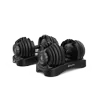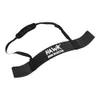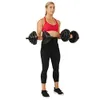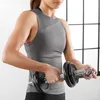Jennifer Aniston’s personal trainer shares this 10-minute, equipment-free core workout to build stronger abs
Here are the 5 exercises to try
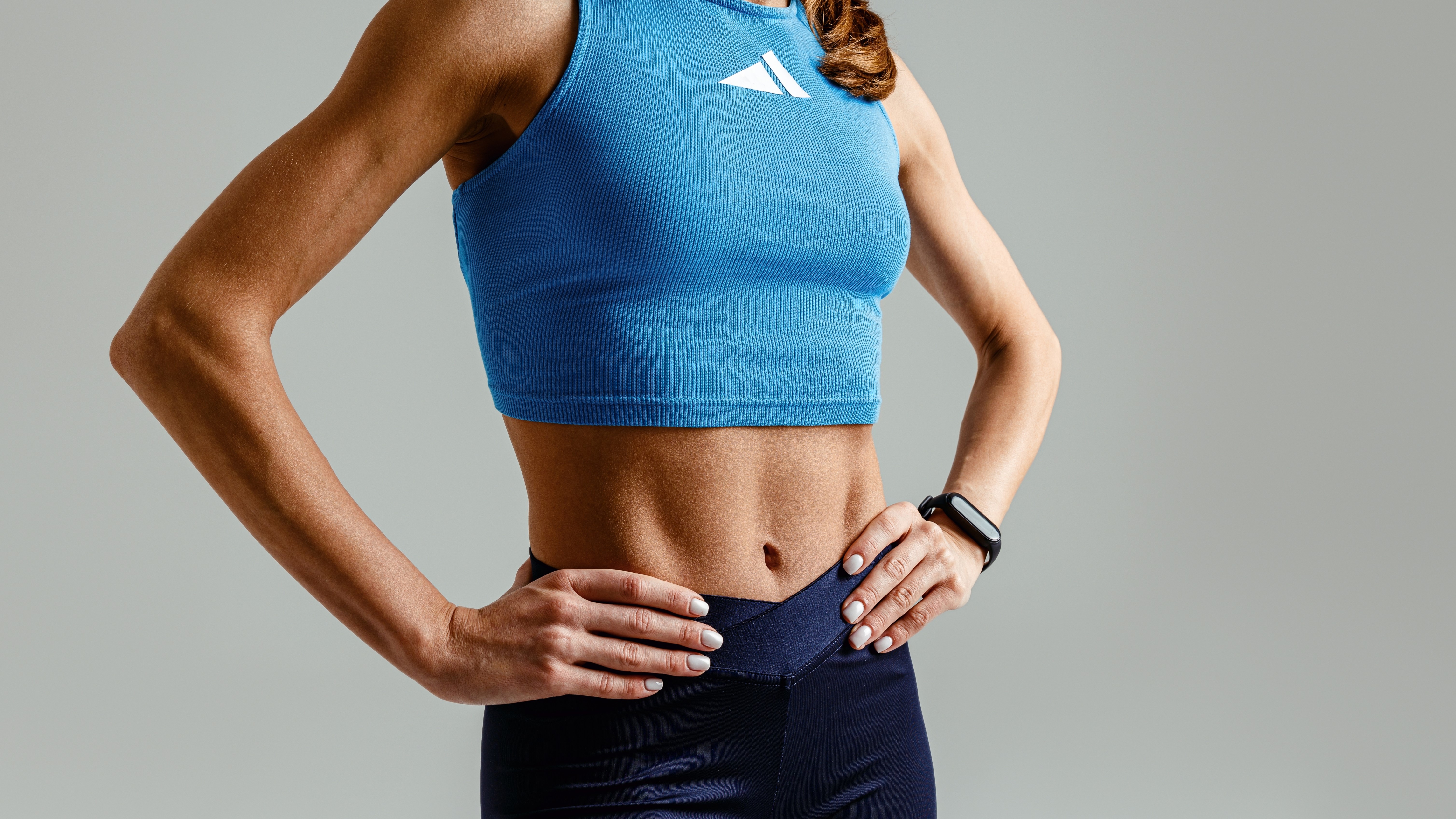
Jennifer Aniston has credited Pvolve as her go-to workout method — a regimen focusing on low-impact, functional fitness (read what happened when we tried Pvolve for a month here).
But what if you don’t have the iconic Pvolve square mat, subscription and extra equipment to hand? Luckily for you, Aniston’s trainer and Pvolve head trainer, Dani Coleman, has shared a 10-minute core workout you can do from home with no equipment. Get ready to feel your core muscles.
As a reminder, if you’re new to exercise or returning to exercise following a pregnancy or injury, it’s always a good idea to check your form with a personal trainer before starting a new exercise program. Moving with bad form can put you at risk of an injury.
A post shared by Dani Coleman (@dani_bcoleman)
A photo posted by on
What is the workout?
Ready to get started? Unlike Pvolve, which uses a long resistance band, exercise ball and light weights to sculpt lean muscles, this workout uses just your bodyweight. You’ll probably want one of the best yoga mats to soften the impact on your joints.
Here are the exercises involved:
- Inchworms, 30 seconds:
To do an inchworm, start standing at the top of your exercise mat, with your feet hip-width apart and your core engaged. Think about sucking your belly button in toward your spine.
Reach both arms above your head, then bend at the hips and lower both hands to the floor. From here, walk your hands out in front of you until you’re in a high plank position, with your wrists stacked under your shoulders. Keep your core engaged, then walk your hands back towards your feet and stand up. That’s one rep.
Get instant access to breaking news, the hottest reviews, great deals and helpful tips.
- Alternating bird dog, 10 per side:
To do a bird dog, start on all fours, with your knees underneath your hips and your wrists under your shoulders. Engage your core, and extend your left arm in front of you. At the same time, extend your right leg away from your body. Pause here, before bringing both back to your starting position and repeating on the opposite side.
- Side plank with leg lift, 30 seconds:
To do a side plank, lie on your side and place one hand flat on the floor. Lift your hips up and off the ground, stacking one foot on top of the other. Squeeze your core and hold.
To progress the move, lift the top leg towards the ceiling, keeping everything else still. Keep lifting and lowering this leg for 30 seconds before switching to the other side. If this is too difficult, bend the bottom knee and place your shin on the floor.
- Deadbug ipsilateral, 10 per side:
Start on your back with your knees bent and your arms extended toward the ceiling. For this deadbug variation, you’re going to work on one side at a time, extending your left leg and your right arm away from your body, then bringing them back into your starting position. Repeat on the opposite side.
- Forearm plank reaches, 30-45 seconds:
To do this exercise, start in a forearm plank, with your core engaged and a straight line from your head to your heels. From here, take one arm out to the side and reach it behind your body, in line with your legs. Pause, then bring your arm back to its starting position and repeat on the opposite side.
Coleman calls this a 10-minute ab workout, so set a timer for 10 minutes and repeat as many rounds of the circuit as you can. As with all ab workouts, the key here is to move slowly and with good form, keeping your core engaged throughout.
If you’re a complete beginner, you might want to take a few seconds' rest between each exercise to reset.
A post shared by Dani Coleman (@dani_bcoleman)
A photo posted by on
What are the benefits?
As a fitness editor, I’ve been around long enough to know that a lot of people want abs. Yet while a six-pack might be an aesthetic goal, a strong midsection is about so much more than looking good on Instagram.
Your core is responsible for stabilizing your body as you move, and is essential for everyday activities like lifting something down from a shelf or carrying a heavy bag of shopping.
If your core is weak, you’re more likely to put yourself at risk of getting injured. The core muscles stabilize your lower back, so when ignored, you might be more prone to back injuries or back pain.
The good news is that to build core strength, you don’t need loads of equipment or to spend hours in the gym. A few bodyweight exercises a couple of times a week are enough to build strength in your core. Compound exercises like squats, lunges and deadlifts are also efficient and effective.
Remember that if building visible abs is your goal, you’ll need to focus on your overall body fat percentage. Here’s how to calculate your body fat percentage and why it matters. Abs are indeed made in the kitchen, so you’ll need to work on your diet and overall health, not just staying steady in your side planks.
More from Tom's Guide
- Forget sit-ups — all you need is 4 moves and 10 minutes to sculpt your core
- No, not sit-ups — trainer shares these 6 exercises to blast your core in just 12 minutes
- 3 10-minute ab workouts to sculpt a strong core and strengthen your hips

Jane McGuire is Tom's Guide's Fitness editor, which means she looks after everything fitness related - from running gear to yoga mats. An avid runner, Jane has tested and reviewed fitness products for the past five years, so knows what to look for when finding a good running watch or a pair of shorts with pockets big enough for your smartphone. When she's not pounding the pavements, you'll find Jane striding round the Surrey Hills, taking far too many photos of her puppy.
You must confirm your public display name before commenting
Please logout and then login again, you will then be prompted to enter your display name.


